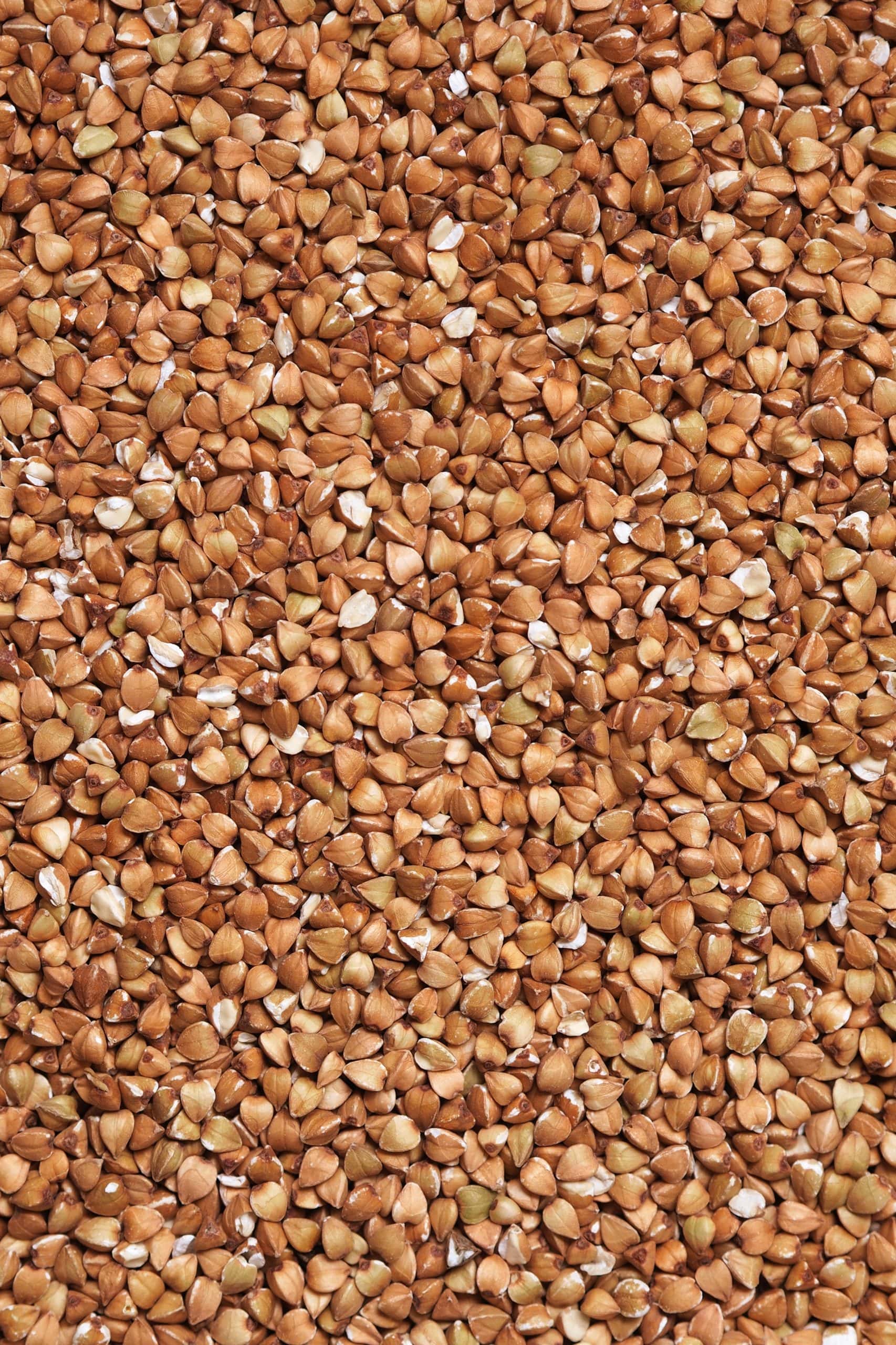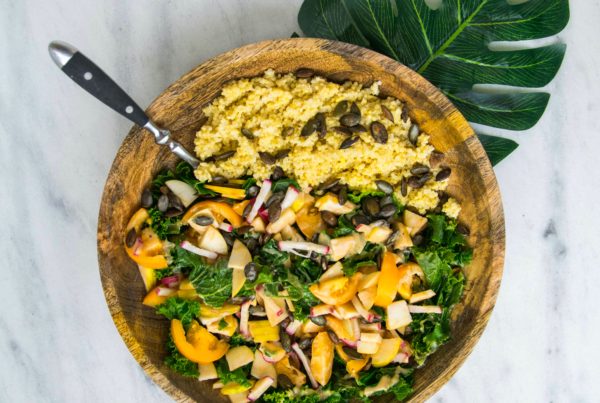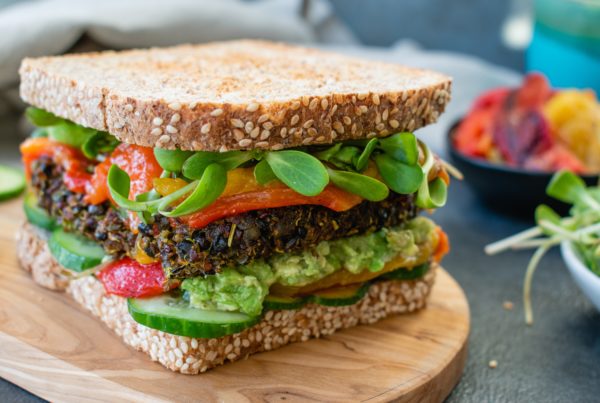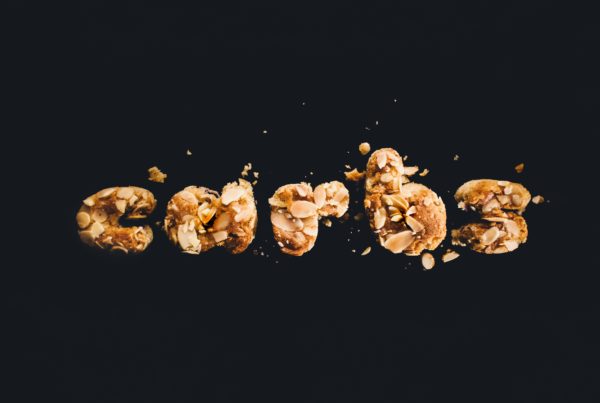Grains are a low-cost source of food energy which are easy to store and can be used in a variety of dishes. Most people prefer to stick with familiar grains but increasing the variety of grains could bring a diverse range of nutrients and flavors. Cereal grains which come from the fruits or seeds of cultivated grasses are an example of a grain which can do just that! Here are some examples:
Wheat Products:
Bulgur: Bulgur are from wheat berries that are cooked, dried and crushed. They have a light and nutty flavour and are ready to eat or use in a variety of dishes after soaking for about 20 minutes in boiling water. A popular dish using bulgur is Tabbouleh, a Middle Eastern salad.
Couscous: Couscous is a popular dish in North Africa. It is a pasta-like product made from durum wheat that has been milled, mixed with water, extruded and dried. It has a bland flavour and is well suited to the addition of spices or other strong flavours. They are available in both refined and whole wheat.
Cracked Wheat: Although cracked wheat and bulgar both come from crushed, uncooked wheat berries, they are not the same as bulgur. Cooking cracked wheat makes it slightly sticky with a crunchy texture and can be used in place of rice or other grains, such as in salads and pilafs.
Wheat Berries: Wheat berries are whole grain wheat kernels with a slightly sweet and nutty flavour with a chewy texture. They are often found in salads but they can also be used in a variety of dishes like soups, stews or breads. An example of a common food product we see are wheatgrass which are sprouted wheat berries.
Wheat Bran: Wheat bran is the outer part of the wheat grain which is removed in the refining of wheat for white flour. It is an excellent source of insoluble fibre and is usually added to baked goods and cooked cereals.
Other Grains:
Barley: Barley is an ancient grain and probably one of the oldest known! There are different types of barley available in the market. Pearl barley has the hull and bran removed and is steamed and polished. Hulled or pot barley has only the hull removed and takes longer to cook than pearl. Barley is also available as flakes, which can be cooked as a cereal and flour for baking. They are an excellent source of nutrition and fibre – they have the same protein content as quinoa but almost 3 times more fibre!
Buckwheat: They are not actually wheat, or even a grain, but a plant related to rhubarb. However it is often cooked and used as a grain. They are also gluten free so yay to all my celiac friends! Buckwheat groats have been hulled and crushed and can be used like rice. Buckwheat can be plain or toasted (kasha). Buckwheat flour is used to make pancakes and Japanese soba noodles.
Kamut: Kamut is an ancient form of wheat originating in Egypt. The grains are long, brown and have a nutty taste when cooked. It is often used as a flour in baked goods, and can also be found as a puffed cereal. In terms of nutrients, kamut is higher in protein than wheat.
Millet: Millet is well-known as a dietary staple for a significant part of the world’s population. They are a very small, yellow grain with a nutty flavour. It is used in stews, pilafs, as hot cereal, or as a flour. And again, to all my celiac friends, they are gluten free!
Sorghum: Sorghum are similar to millet and a staple grain in Africa and India. The whole grain can be used like rice and sorghum flour can be used in unleavened breads. It can also be used like corn to make a sweet syrup used in baked goods and confections. And again it is gluten free!
Teff: Teff is a gluten-free staple grain of Ethiopia. The grain yields a seed much smaller than the size of a wheat grain, but is the basis of Ethiopian traditional cookery. Teff flour is the main ingredient of the pleasantly sour pancake-like bread known as injera, which literally underlies every Ethiopian meal. The flour is mixed with water and allowed to ferment. It is then fried into large flat pancakes. A variety of stews, and sometimes salad, are placed upon the injera for serving. However, due to supply problems in North America, teff flour is often mixed with barley flour.
No matter which grain you choose to have with your meals, grains provide essential sources of carbohydrates (energy) and are packed with fibre and B vitamins!
Reviewed by Annie Tsang, RD



